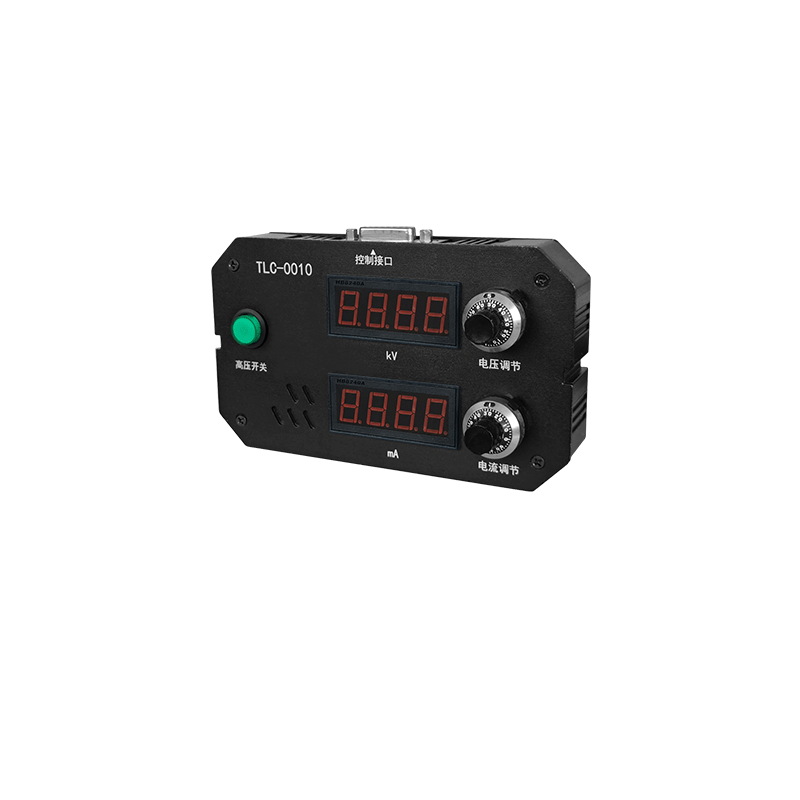DC High Voltage Generator Selection Guide: Key Considerations and Technical Parameter Analysis
Introduction
DC high voltage generators are critical equipment in power systems, scientific research, and industrial testing, widely used in cable withstand voltage tests, insulation material evaluation, and high-voltage component testing. With advancements in power electronics, modern DC high voltage generators have significantly improved in stability, accuracy, and intelligence. However, with numerous products on the market, selecting the right device for specific needs has become a key challenge. This guide provides a systematic approach to selection based on technical parameters, application scenarios, and safety performance.
1. Evaluation of Core Performance Parameters
1.1 Output Voltage Range and Accuracy
The output voltage range should match application requirements. For example, power equipment testing typically requires 10kV~300kV, while laboratory research may demand higher voltages (e.g., 500kV+). Output accuracy is critical for reliable results, with high-end devices offering stability within ±0.5% and ripple below 1%.
1.2 Output Current Capacity
Output current determines load adaptability. Low-power models suffice for insulation testing (0.1mA~10mA), while partial discharge tests or high-capacity loads (e.g., capacitor charging) require 10mA~100mA or higher.
1.3 Voltage Adjustment Methods
Manual control: Cost-effective but inflexible for fixed testing scenarios.
Digital programmable: Supports remote control via PC or PLC, ideal for automated systems.
Step adjustment: Enables gradual voltage ramping for insulation material testing.
2. Application-Specific Considerations
2.1 Power Equipment Testing
For substations or cable testing, devices must feature fast voltage ramping, overload protection, and auto-discharge for safety. Models with strong anti-interference capabilities suit harsh electromagnetic environments.
2.2 Scientific Research
Labs require high stability and repeatability, favoring low-ripple, low-noise generators. Custom waveforms (e.g., square or ramp waves) may necessitate specialized models.
2.3 Industrial Production Testing
Automation compatibility is vital for production lines. Devices with RS485, LAN, or GPIB interfaces integrate seamlessly into smart manufacturing systems.
3. Safety and Reliability Factors
3.1 Multi-Layer Protection
High-quality generators should include:
Overvoltage protection (OVP)
Overcurrent protection (OCP)
Grounding monitoring
Emergency stop button
3.2 Insulation and Cooling Design
High-voltage terminals should use silicone or epoxy encapsulation to prevent arcing.
Air/liquid cooling must sustain prolonged high-load operation without performance degradation.
3.3 Environmental Adaptability
For outdoor or humid environments, choose models with IP54+ rating and a suitable operating temperature range (e.g., -10℃~50℃).
4. Additional Features and Future-Proofing
4.1 Data Logging and Analysis
Advanced models offer data storage and waveform analysis, aiding compliance reporting.
4.2 Modular Design
Modular generators allow upgrades (e.g., power modules), extending service life and reducing long-term costs.
4.3 Software Compatibility
Check for LabVIEW or MATLAB support if integration with these platforms is needed.
5. Selection Recommendations
1. Define requirements: Match voltage/current ranges to test objects (e.g., cables, insulators).
2. Prioritize accuracy/stability: High precision for labs; reliability for industrial use.
3. Safety first: Ensure compliance with standards (e.g., IEC 61010) and robust protection.
4. Plan for expansion: Opt for automation-ready models to accommodate future needs.
By systematically evaluating these factors, users can select a cost-effective, high-performance DC high voltage generator for reliable testing and research.




















